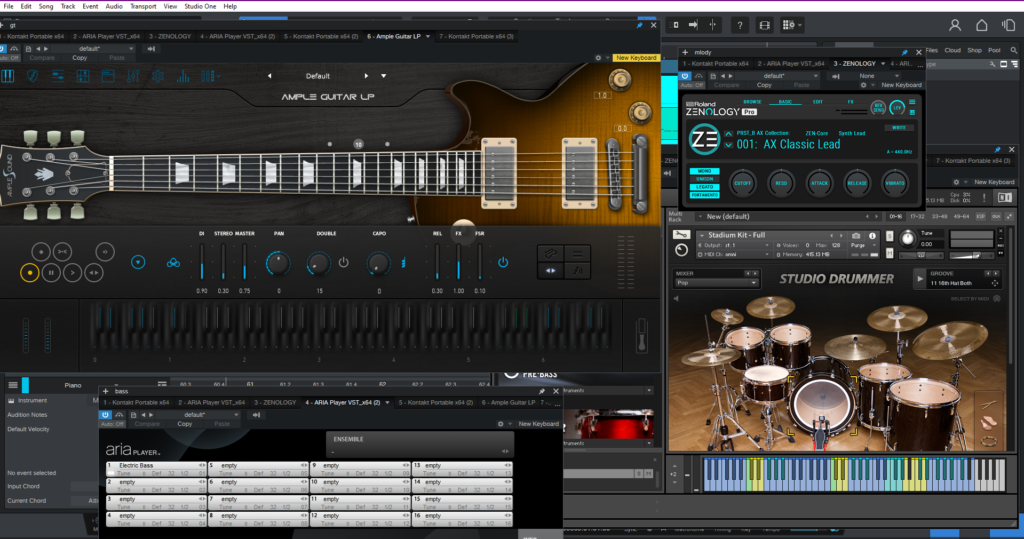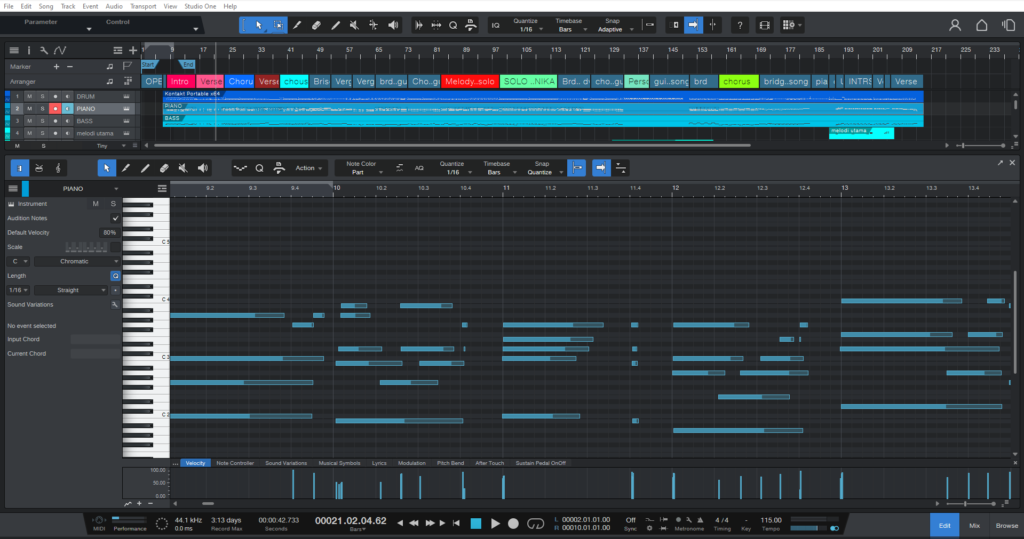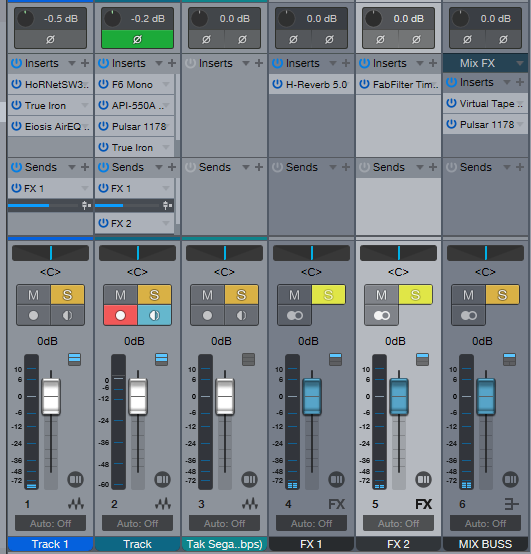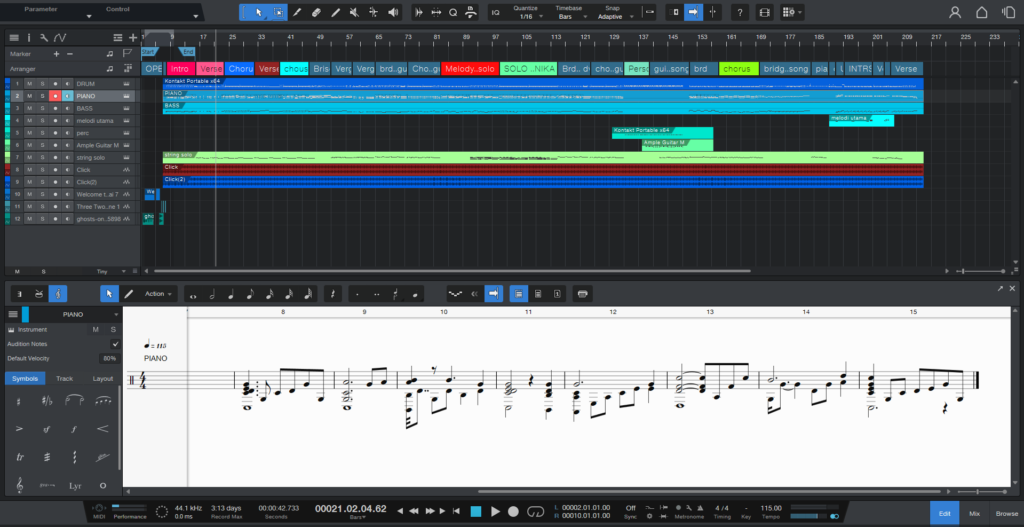As a professional composer, mastering the art of orchestration is essential for creating rich, expressive, and captivating musical compositions. Orchestration is the process of arranging and organizing musical elements, such as instruments and voices, to create harmonious and cohesive musical textures. With the advancement of technology, composers now have access to powerful Digital Audio Workstations (DAWs) that offer a wide range of tools and features for orchestrating music in the digital realm. In this comprehensive guide, we’ll explore the techniques and strategies for mastering the art of orchestration in your DAW, empowering you to create stunning orchestral arrangements that resonate with depth and emotion.

Understanding Orchestration
Orchestration is a multifaceted discipline that involves a deep understanding of musical instruments, their capabilities, and their unique timbres. It encompasses a range of techniques for combining and blending different instruments to achieve balance, clarity, and expression in musical compositions. Whether you’re orchestrating for a full symphony orchestra or a smaller ensemble, the principles of orchestration remain the same: to create a cohesive and compelling musical tapestry that brings your compositions to life.
1. Instrumentation:
Instrumentation is the foundation of orchestration, dictating the choice and placement of instruments within a musical composition. Each instrument has its own range, timbre, and expressive capabilities, which composers must consider when orchestrating their music. From the soaring melodies of the violin to the thunderous depths of the double bass, understanding the unique qualities of each instrument is essential for effective orchestration.
2. Voicing and Texture:
Voicing refers to the arrangement of notes and chords within a musical composition, while texture describes the overall density and complexity of the music. Composers can manipulate voicing and texture to create a wide range of emotional and sonic effects in their orchestral arrangements. Experiment with different combinations of instruments, registers, and harmonies to achieve the desired mood and atmosphere in your compositions.
3. Dynamic and Articulation:
Dynamics and articulations play a crucial role in shaping the expressive qualities of orchestral music. Composers can use dynamic markings, such as crescendos, decrescendos, and accents, to convey changes in volume and intensity throughout a composition. Likewise, articulations, such as staccato, legato, and marcato, can add nuance and character to individual phrases and passages, enhancing the overall musicality of the orchestration.
4. Counterpoint and Harmony:
Counterpoint and harmony are fundamental aspects of orchestration, governing the interaction between different melodic lines and harmonic progressions within a musical composition. Composers can employ contrapuntal techniques, such as imitation, canon, and fugue, to create intricate and interwoven melodies that engage and captivate listeners. Likewise, harmonic devices, such as chord progressions, suspensions, and modulations, can add depth and color to orchestral arrangements, enriching the overall harmonic palette of the music.
Orchestrating in Your DAW
With the advent of modern Digital Audio Workstations (DAWs), composers now have unprecedented control and flexibility in orchestrating music in the digital realm. DAWs offer a wide range of tools and features specifically designed for orchestrating music, allowing composers to sketch, arrange, and refine their orchestral compositions with precision and efficiency.
1. Virtual Instruments:
DAWs come equipped with a vast array of virtual instruments, including sampled orchestral libraries, solo instruments, and synthesized sounds. These virtual instruments offer realistic and expressive performances, allowing composers to simulate the sound of a full orchestra directly within their DAW. Experiment with different virtual instrument libraries to find the perfect combination of sounds for your orchestral arrangements.

2. MIDI Programming:
MIDI programming is a fundamental aspect of orchestrating music in a DAW, enabling composers to input, edit, and manipulate musical data with ease. Composers can use MIDI to create detailed and expressive performances, including note articulations, dynamics, and phrasing. Take advantage of MIDI editing tools to fine-tune the timing, velocity, and expression of individual notes, ensuring a precise and polished orchestral performance.

3. Mixing and Automation:
Mixing and automation are essential aspects of orchestrating music in a DAW, allowing composers to balance and blend different instruments and voices within a composition. Use mixing tools, such as EQ, compression, and reverb, to sculpt the sonic landscape of your orchestral arrangements, ensuring clarity, depth, and cohesion in the mix. Experiment with automation to dynamically control volume, panning, and effects parameters over time, adding movement and dimension to your orchestral compositions.

4. Scoring and Notation:
Many DAWs offer scoring and notation features that allow composers to create professional-quality scores and parts for their orchestral compositions. These features provide composers with a visual representation of their music, including staff notation, instrument names, and dynamic markings. Utilize scoring tools to create detailed and legible scores for live performers, ensuring accurate and expressive renditions of your orchestral arrangements.

Conclusion
Mastering the art of orchestration is a lifelong journey of exploration, experimentation, and creativity. By understanding the principles of instrumentation, voicing, dynamics, and harmony, and leveraging the tools and features of your DAW, you can orchestrate stunning and immersive musical compositions that resonate with depth and emotion. So, embrace the art of orchestration, experiment with different techniques and tools, and unlock the full potential of your creativity to craft orchestral music that captivates and inspires listeners around the world.